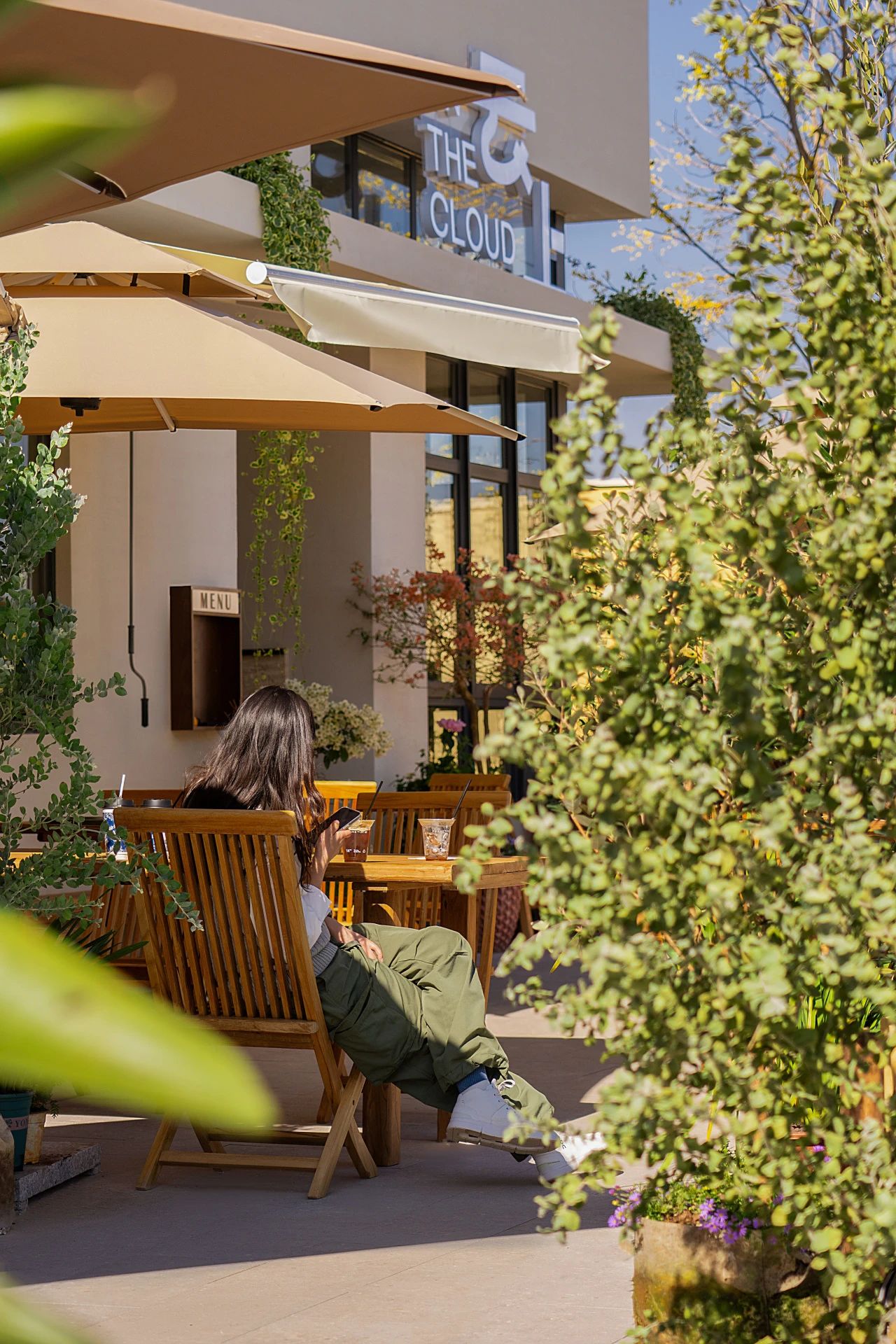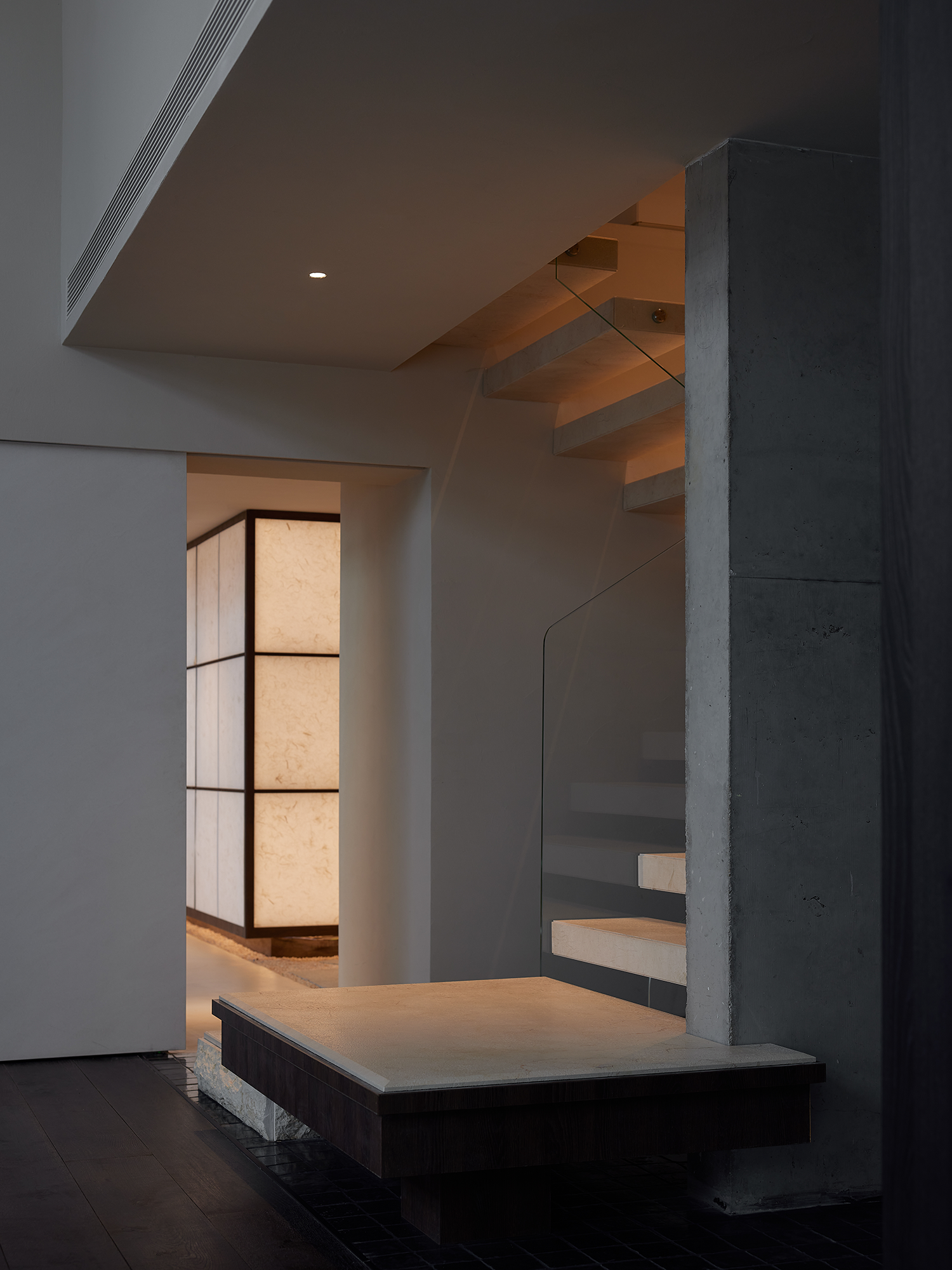Universidad de Chile
2014-05-02 23:14
© Felipe Díaz Contardo
c Felipe Díaz Contardo


架构师提供的文本描述。委员会链接
Text description provided by the architects. Commission | Link
教室建筑项目源于智利大学组织的一次公开竞赛,该竞赛的目的是设计一座教室建筑的原型,它能够解决教育基础设施不足的问题,并在重复时,使胡安·戈麦斯·米拉斯校园现有建筑的异质性有了正式的顺序,除了解决学校扩招的问题外,还解决了当地各类学校的扩招问题。
The Classroom Building project arises from a public competition organized by the University of Chile, whose objective was to get the design of a prototype for a classroom building, which was able to solve a lack in educational infrastructure, and which in its repetition, allowed a formal order of the heterogeneity of existing buildings in the Juan Gomez Millas Campus, in addition to resolving the increasing enrollment of the various schools that inhabit it.
© Felipe Díaz Contardo
c Felipe Díaz Contardo


因此,我们提出了一个重复模块。一种没有后置的回文装置,它能与现有建筑物和谐地联系,并在不中断现有流通的情况下整合校园的公共空间。
We thus propose a repetitive module. A palindromic device without a rear, which manages to relate harmoniously with the existing buildings and integrates the public space of the campus without interrupting the existing circulation.
© Felipe Díaz Contardo
c Felipe Díaz Contardo


上下文网站
Context | Site
这个重复的模块,叫做教室大楼,位于校园的间隙空间,在所有学校共有的跨系统上创造一个连续的循环,将它们整合到一个新的公共空间中。
This repetitive module, called Classroom Building, lies in the interstitial spaces of the campus, creating a continuous loop on a cross-system common to all schools, integrating them into a new public space.
First Floor Plan
一层平面图


概念发展
Concept | Development
按照普遍无障碍和连通性的标准,主要战略侧重于通过在没有隔离的情况下,通过不同层次的持续循环和连接,实现校园一级教室公共空间的整合。这样,教室的纵向发展就建立了一种辩证法,即从一楼和二楼的高尚校园规划中产生(反之亦然),使学生居住区和自助餐厅在一个有盖的庭院上在基层横向上保持连续性。
Following the criteria of universal accessibility and connectivity, the main strategies focus on achieving the integration of the public spaces of the classrooms at the campus level, through the continuous circulation and connection of different levels without segregation. Thus the classrooms establish a dialectic that in their longitudinal development arise from the noble campus plan on the first and second floor (and vice versa), allowing the continuity in the transverse direction at the base level, where the student livin area and cafeteria meet on a covered courtyard.
© Felipe Díaz Contardo
c Felipe Díaz Contardo


每间教室有14间灵活使用的教室,可容纳45至120名学生,供辩论用或线性使用。此外,在每个教室有两个双教室,如一个礼堂,可以连接或分割的声音移动面板。
Each classroom building has 14 rooms with flexible use, with capacity ranging from 45 to 120 students, which allow a concentric use for debate or linear use for a lecture. Additionally, in each classroom building there are two double classrooms, like an auditorium, which can be linked or divided with an acoustic mobile panel.
© Felipe Díaz Contardo
c Felipe Díaz Contardo


房间的内部装置包括反射和吸收天花板,这是经过计算机模拟验证的设计。
The interior fittings of the rooms includes reflective and absorbent ceilings in a design verified by computer simulations.
© Felipe Díaz Contardo
c Felipe Díaz Contardo


材料环境
Material | Environment
该项目在能源效率和可持续性概念下得到充分处理,节约用水、自然通风和照明,并从地下停车场、隔热外壳和第二层皮肤中回收冷热,为外墙和循环提供适当的阴影因素。
The project, fully addressed under the concepts of energy efficiency and sustainability, has water savings, natural ventilation and lighting, and recovery of cold / heat from underground parking, insulated enclosure and a second skin that gives a proper shadow factor over facades and circulation.
© Felipe Díaz Contardo
c Felipe Díaz Contardo


有效率的集中控制系统用于出入控制、空调、暖气、通风和光敏照明等,有助于实现最佳的室内和室外生活条件,为大学生和研究生在校园开展活动作出贡献。
Efficient centralized control systems for access control, air conditioning, heating, ventilation and photosensitive lighting, among others, contribute to achieve the best conditions of indoor and outdoor livability for the development of activities for undergraduate and graduate students on campus.
© Felipe Díaz Contardo
c Felipe Díaz Contardo


创新-图标
Innovation | Icon
该项目的方向和拟议的创新办法是探索连通性,产生回文量,即集成的最大表达方式,因为它是以体积和编程方式在两个方向平等地发展的,还实现了屋顶和立面的一体化,使之成为一个连续的封套。
The direction of the project and the proposed approach to innovation is the exploration of connectivity, resulting in a palindromic volume, the maximum expression of integration, as it is developed volumetrically and programmatically, equally in both directions, also achieving the integration of roof and facade into a continuous envelope.




































































Architects Marsino Arquitectura
Location Las Palmeras, Ñuñoa, Región Metropolitana, Chile
Category Classrooms
Project Architects Jorge Marsino P., María Inés Buzzoni G., Diego Achurra Q.
Project Area 17787.0 m2
Project Year 2012
Photographs Felipe Díaz Contardo
Manufacturers Loading...
























